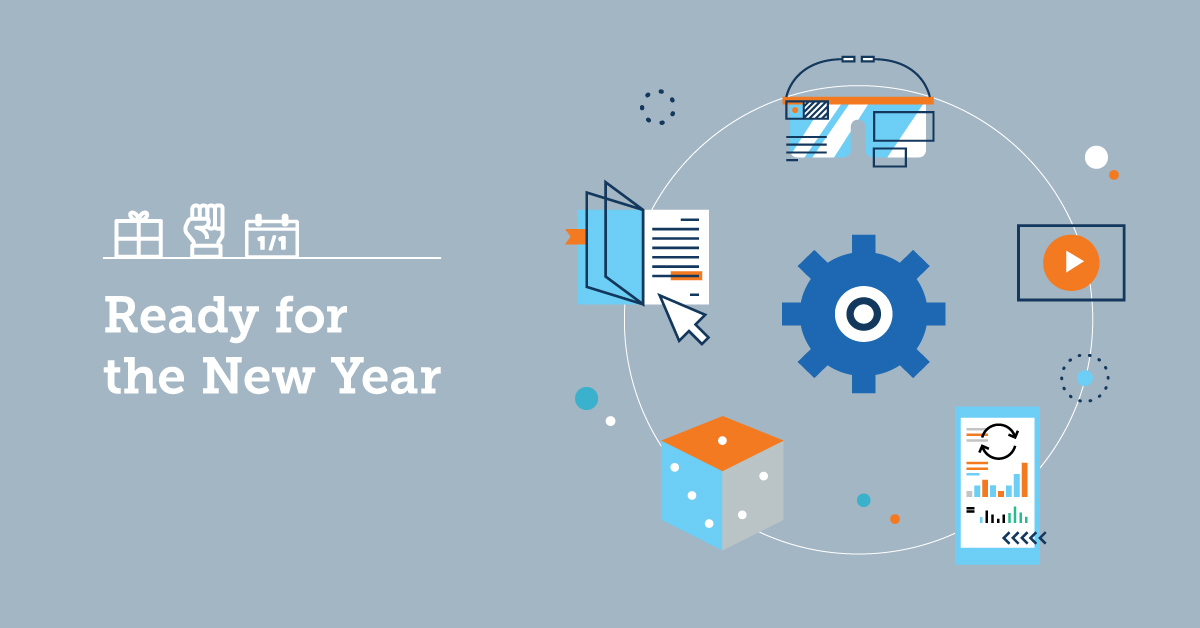It is safe to assume that instructional designers have come a long way, and the proof is the unavoidable awareness about them. More and more organizations are seeking the professional services and consultations of these unsung heroes. Accreditation bodies are no longer showing mercy to training institutes and higher education organizations who have laurelled the ropes of an instructional designer, but do not possess a formal schooling of an ID.
2017 is definitely the year of the Instructional Designer and in this article, we bring to you the top trends instructional designers should be actively engaged in to develop.
The greater demand for these experts comes with the enormous popularity of the training technology tools and trends. Learners and trainees have spoken. They have expressed their preferences and the need for superior quality media for learning – more than ever.
Learners and trainees require deeper levels of engagement and interaction with the learning material. They are motivated to learn and perform better when learning is delivered through their preferred media and formats.
Knowledgeable educators no longer contain their knowledge within the confines of stand-alone PowerPoints. They are constantly in search of media that will convey their message. Instructional designers are quickly bridging the gap between learners and knowledge providers.
Here are the top trends of 2017 that need the immediate attention of instructional designers:
1. Augmented Reality (AR) and Virtual Reality (VR)
We believe AR is the way to go, much more so than VR. Despite the common sprouting up of VR devices and apps, we still believe Augmented Reality would take over the training and educational scene.
The reason being simple, the AR learning environment is more embedded in reality that the VR learning environment. Also, developing and designing AR instructional programs is a lot cheaper than VR learning programs.
Instructional designers can safely expect rising requests from trainers and learners to create instruction within Augmented Reality elements. AR is synonymous to authentic, experiential and transformative learning experiences that have proven track records of improving cognitive achievement.
The convenience of using mobile devices, especially the smartphone, will drive this medium as one of the top ID trends of 2017.
2. Digital Textbooks
More and more training institutes are moving towards 100% online and asynchronous learning materials. Also, the demand for having offline availability of such learning materials is rising exponentially. Being able to access the learning material through mobile devices is also a top priority.
Catering to such preferences has improved learning achievement, performance and lowered drop-out rates. Instructional designers will be showcasing learning materials in attractive digital textbooks that will interact directly with their learners.
3. Learning Analytics
Always in the grey area, learning analytics have come a long way. They have been scrutinized for invading the privacy of learners, but not anymore.
With their prevalent and successful use in the eBusiness world, analytics have effectively contributed to the buzzword “business intelligence”. Consumers are increasingly aware of cookies placed on their browsers and inhabiting their personal boundaries. This has led to a more relaxed attitude towards learner analytics.
Learning management systems are now gauged to improve LA reports. The goal is to analyze current learning materials and refurbish them to suit the learner in multiple ways. Learner analytics are paving a richer pathway towards learner-based teaching.
4. Microlearning
This trend may sound familiar, but has not been used to its full extent in the past couple of years.
Microlearning is exactly what it sounds like: bite-sized learning. Learning that can be swallowed easily,as opposed to overwhelming volumes of content that require learner antacids!
Instructional designers will actively manage shorter learning modules that span a little over 90 to 120 seconds! Shorter videos, shorter presentations and shorter drill-and practice exercises will end abruptly in shorter quizzes that will provide immediate feedback and guidance on how to proceed with the learning program.
5. Game-based learning
Okay, this may seem like something you already know, but again, this need has not been fulfilled successfully in the past. Game-based learning requires tactful instructional design techniques. These come with practice and mistakes. But, with the help of the mistakes of previous years, instructional designers can deliver better games for learning.
These include realistic story-telling strategies, relatable protagonists posed as avatars, meaningful feedback that scaffolds learning, stronger connections between objectives and the game environment. Learners have marked their game-based learning preferences due to their better motivation and engagement capabilities.
6. Natural User Interfaces
Presenting the learning material in a way that is the most convenient to the learner is in high demand. Learning management systems and instructional authoring systems are now reconfiguring their products to publish better learning interfaces.
Instructional designers are commonly seen testing the learning program outputs and editing the content to facilitate the interface real estate. It’s all about the user experience and instructional designers are increasingly on to this trend.
The top instructional design trends for 2017 might seem like they’re already quite familiar, but as their implementation becomes increasingly frequent, their prevalence only becomes more apparent. So, start embracing these as soon as possible and remain ahead of the curve!
| Tags: eLearning Design,Trends

![7 Fresh Employee Onboarding Trends [2022 Update]](https://images.www.talentlms.com/blog/wp-content/uploads/2018/12/the-ultimate-stuff-onboarding-trends-2019.jpg)

